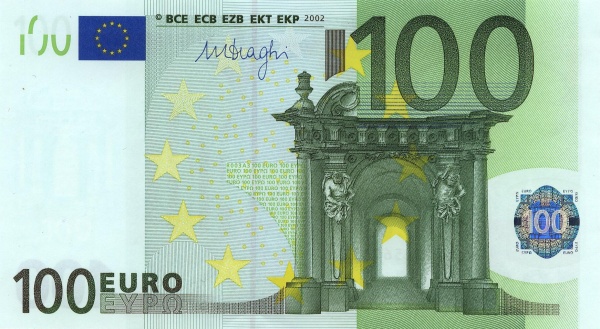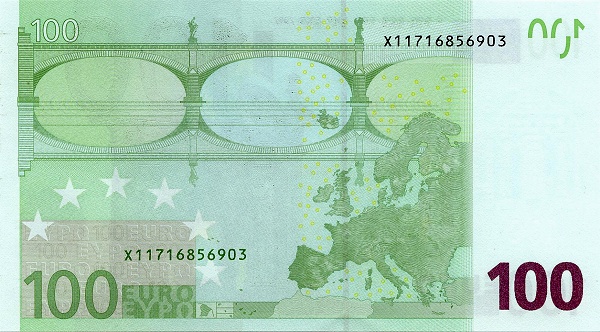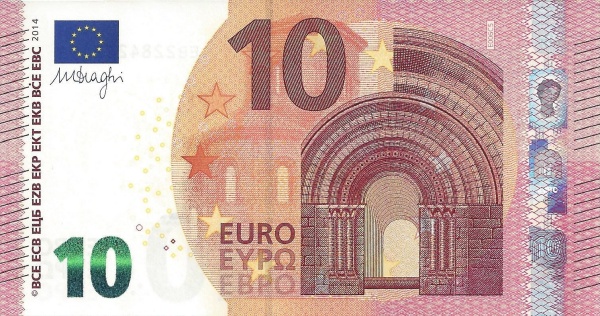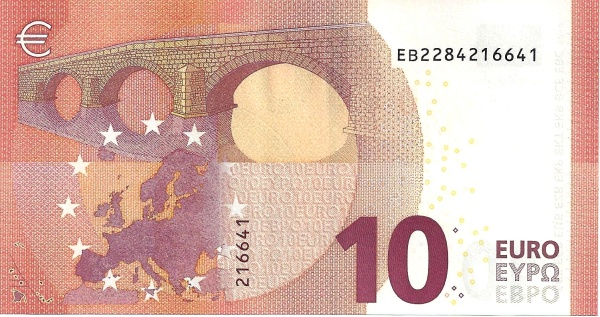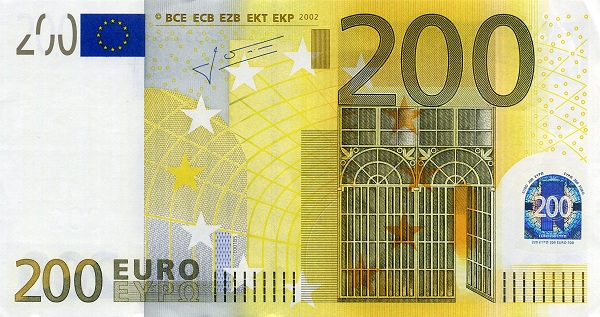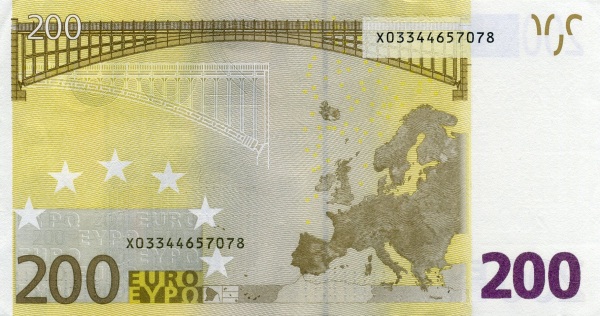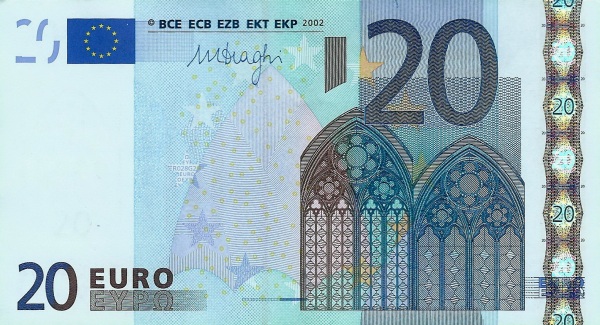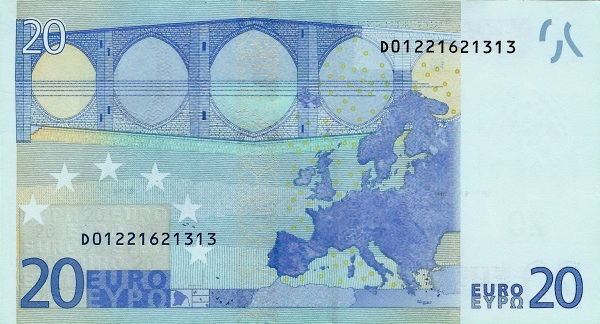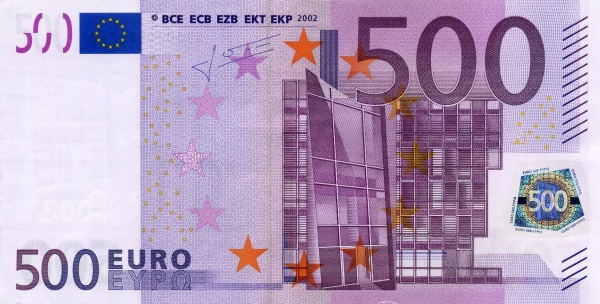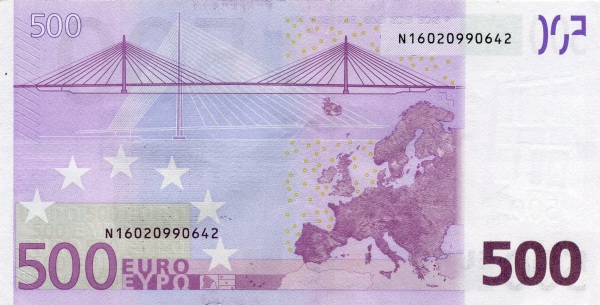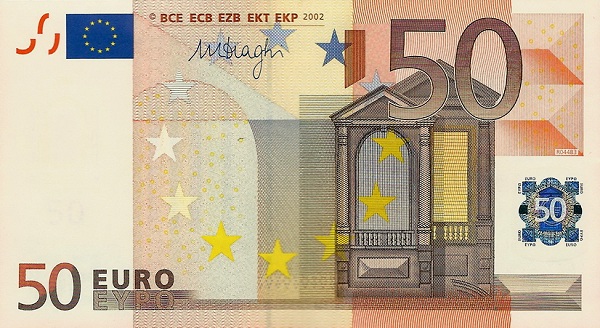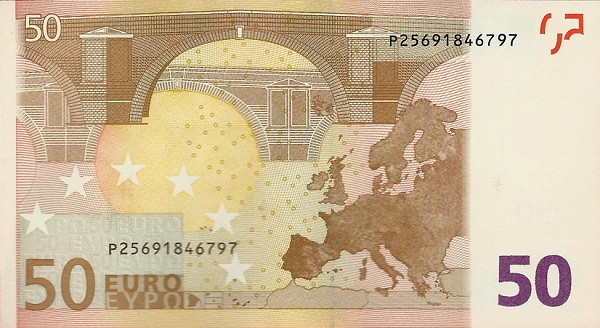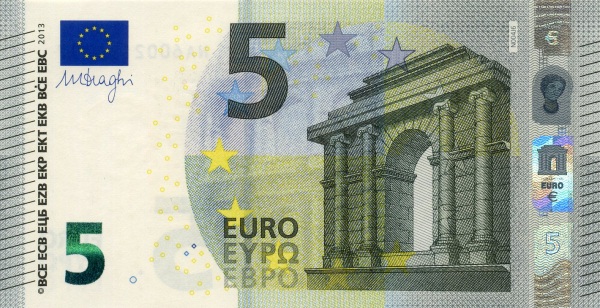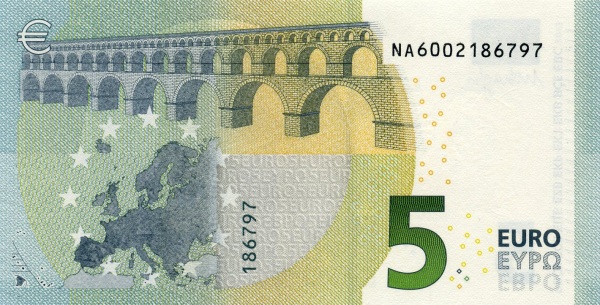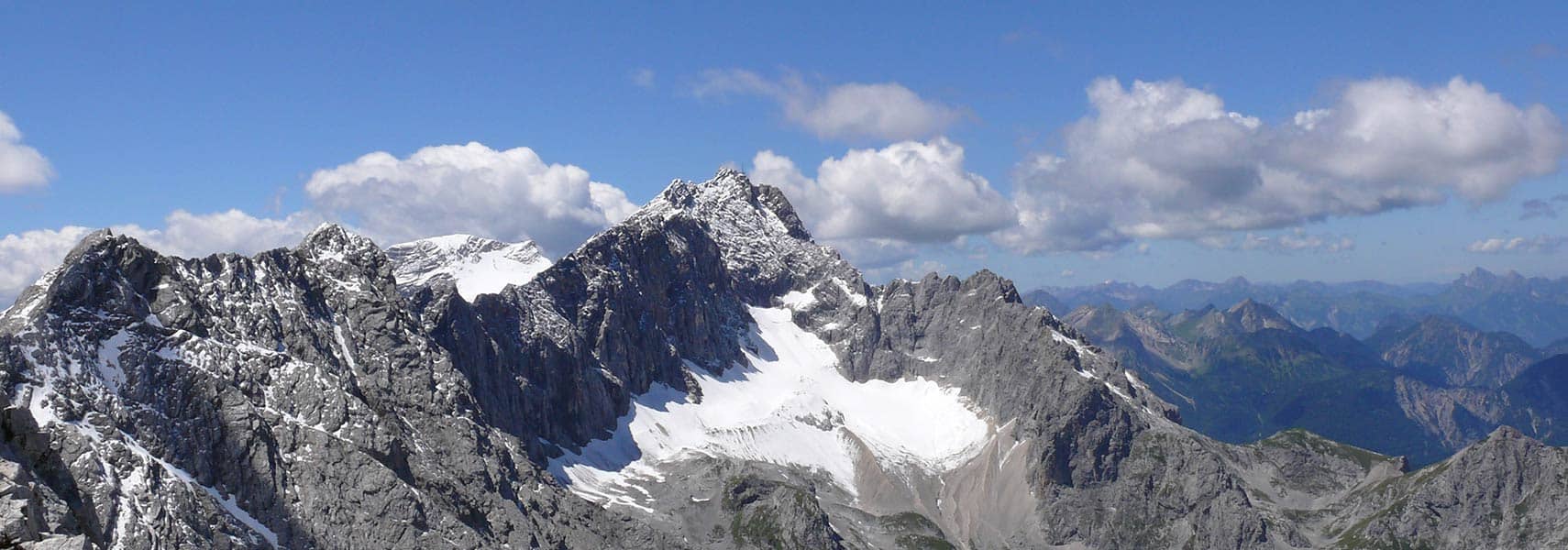Overview of Germany
Germany, officially known as the Federal Republic of Germany, is a fascinating sovereign state positioned in the heart of Central Europe. Interestingly, Germany shares borders with several countries, including Denmark to the north, while France, Belgium, Luxembourg, and the Netherlands define its west. To the south, Germany neighbors Switzerland and Austria, whereas the east is flanked by Poland and Czechia. Moreover, Germany enjoys maritime borders with Sweden and the United Kingdom, adding to its geographical significance.
Covering an impressive area of 357,022 square kilometers, Germany ranks as the seventh-largest country in Europe, making it a noteworthy destination for travelers. In comparison, Germany's size is about two-thirds that of France and slightly smaller than the US state of Montana. As of 2024, Germany's population stands at approximately 83.4 million people, making it one of the most populous nations in Europe. The vibrant city of Berlin serves as the capital, boasting a population of around 3.3 million residents.
The official language spoken throughout the country is German, specifically Standard German (known as Hochdeutsch). Notably, a diverse array of regional dialects enriches the linguistic landscape. In a global context, more than 50% of Germans speak English as a second language, highlighting their openness to international communication. Regarding religion, Christianity remains the predominant faith, influencing the cultural fabric of the country.
Historical Background of Germany
The Unification and Growth of Modern Germany
Germany's history is as captivating as its present. The modern state we recognize today began its journey toward unification in 1871 when it emerged as the German Empire, marking a significant shift in European geopolitics. Nevertheless, the first half of the 20th century proved tumultuous for Germany. Two catastrophic World Wars left deep scars on the nation, with Germany bearing significant responsibility for these conflicts.
In the aftermath, the country found itself occupied by the victorious Allied powers, reshaping its national identity. The mid-20th century ushered in the Cold War era, leading to the establishment of two distinct German states in 1949: the Federal Republic of Germany (FRG) in the west and the German Democratic Republic (GDR) in the east. This division not only impacted the political landscape but also affected the daily lives of countless citizens.
A Tale of Two Nations
The two German states embraced varying political ideologies and systems. The democratic FRG integrated itself into Western economic and security alliances, notably aligning with the European Economic Community (EEC) and NATO. Conversely, the communist GDR stood firmly in the orbit of the Soviet-led Warsaw Pact, becoming a focal point during the ideological conflict of the Cold War.
As time progressed, the USSR's decline and the subsequent fall of Communism set the stage for a historical turning point. In 1990, Germany experienced a remarkable re-unification, rekindling the hope of a singular national identity. This transformative moment not only rejuvenated the nation but also propelled Germany to become the most populous country in Europe, further solidifying its status as a key player in the European Union.
Germany’s Prominent Role Today
With unification, Germany reinforced its influence in various spheres, emerging as a vital member of prominent international organizations. Today, Germany plays a crucial role within the European Union and significantly contributes to the continent's economic, political, and security frameworks. This influential position empowers the nation to engage actively in shaping European policies, enhancing its reputation on the global stage.
Germany's Dynamic Political System
Germany operates as a federal, parliamentary, representative democratic republic. The political framework is rooted in the constitution, known as the Grundgesetz (Basic Law). This foundational document received affirmation on May 8, 1949, in Bonn, then recognized as the provisional capital of Germany. Within this system, the Federal Government comprises the Federal Chancellor, who serves as the Head of Government, alongside 15 Federal Ministers.
Leadership and Governance
The role of the Federal President (Bundespräsident) exists primarily for ceremonial purposes, while the Chancellor (Bundeskanzler) remains the central political figure, guiding the nation through its contemporary challenges. The interplay between these roles highlights the balance of power established within the democratic framework, ensuring a stable governance system.
Germany’s Rich Cultural Heritage
Diving deeper into Germany's heart, one encounters a rich cultural heritage that continues to flourish. Renowned for its contributions to philosophy, music, and literature, Germany has produced exceptional figures such as Johann Wolfgang von Goethe and Ludwig van Beethoven. The country also hosts countless museums, galleries, and historical landmarks, which attract millions of visitors yearly.
Language and Communication
Language plays a pivotal role in shaping Germany's identity. While German serves as the official language, many dialects and regional variations color the linguistic landscape. This diversity reflects the unique cultures and traditions found across the German-speaking regions. Furthermore, the high proficiency in English among Germans showcases their interconnectedness with the world, enhancing communication and collaboration on various platforms.
The Interconnection of Germany with the World
Germany's global presence is not limited to its political and economic dimensions. The nation stands as a cultural ambassador, facilitating exchanges that promote understanding and respect among diverse communities. With an ever-growing number of international partnerships and collaborations, Germany exemplifies how cultural diplomacy can pave the way for enhanced relations worldwide.
In conclusion, Germany continues to thrive as a multifaceted nation, dynamically balancing its rich history with contemporary vitality. Positioned as a central figure in Europe, it holds promise for future growth and collaboration on both local and international levels. As people explore Germany, they uncover a wealth of experiences that highlight the nation’s complexity and significance in the present landscape.
Largest cities of: Germany
| City Name | Population | Year of foundation | |
| Berlin | 3,645,000 | 1237 | |
| Hamburg | 1,841,000 | 832 | |
| Munich | 1,471,500 | 1158 | |
| Cologne | 1,086,000 | 38 B | |
| Frankfurt | 763,600 | 794 | |
| Stuttgart | 635,000 | circa 950 | |
| Düsseldorf | 614,000 | 1288 | |
| Dortmund | 612,000 | 882 |
Germany: Money
